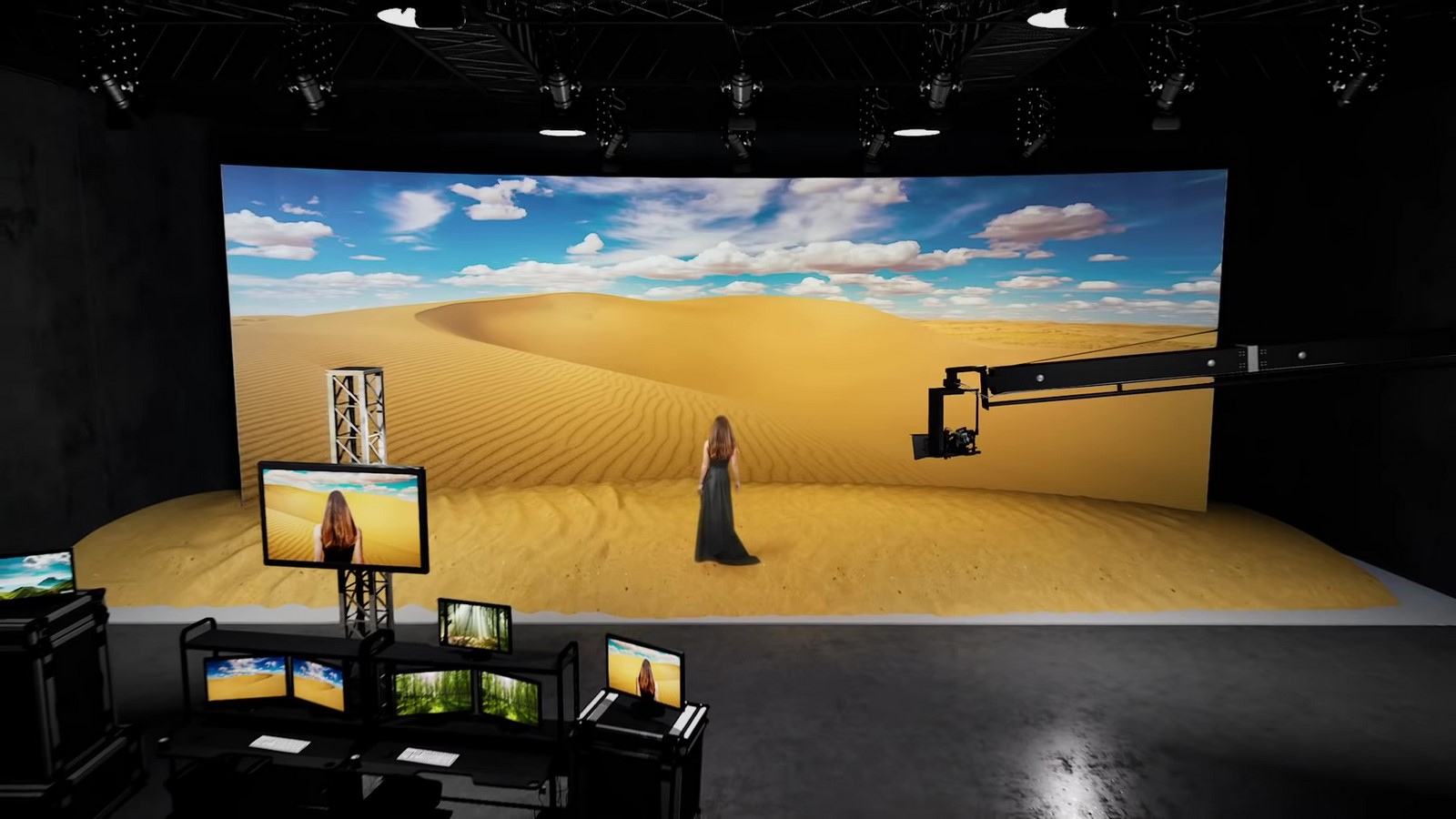STAY CURIOUS
Keep reading to find the excellency out of perfection and skill.
By: Milestone 101 /
2024-02-22
bollywood
The Evolution of Set Design in Bollywood Movies
Bollywood movie sets have come a long way from makeshift outdoor locations to larger-than-life elaborate sets of today.

As Indian cinema celebrates its centenary year in 2024, it's worthwhile to look back at the transformation of Bollywood movie sets and production design over the decades. In the early decades, Indian films were shot mostly on location with minimal props and makeshift arrangements. Many mythological and historical films of the 1930s-40s used sets replicating palace architecture and royal abodes. These early sets looked unrealistic by today’s standards but signified grandeur for those times.
The set material frequently used was plywood and plaster of paris. The 1950s saw the emergence of dedicated studios equipped with permanent indoor sets. Movie sets graduated from temporary arrangements to more well-designed interiors and decorative structures imitating real locations. Sets were extensively used to shoot dance numbers featuring ornate halls, gardens and fountains. Movies like Mughal-e-Azam (1960) deployed elaborate sets to recreate the grandeur of Akbar’s court. The late 1960s brought multi-starrers with predominant outdoor shoots.
Films featured action sequences against foreign locales to signify grandeur. Low-budget spy and action thrillers lined the 1970s & 80s, using real bungalows and factories instead of sets. Sets were now more realistic, moving away from the fairy-tale aesthetics of initial decades. Come 1990s, set design gained a revival with lavish family dramas like Hum Aapke Hain Koun..! (1994) highlighting wedding celebrations through sets replicating banquet halls. Spectacular dance numbers shot abroad raised the visual appeal. Movies now wanted to offer an escape from middle-class realities for audiences through their sets and visuals. With new millennium and increasing exposure to Hollywood flicks, Bollywood sets underwent further transformation.
Shah Rukh Khan’s Om Shanti Om (2007) paid tribute to 1970’s Bollywood masala potboilers through extravagant retro sets. Sets grew more luxurious, colourful and exotic taking inspiration from foreign locations. Intricately designed houses, pubs and office spaces added realism. CGI also enabled creation of visually appealing graphic backdrops. Many movies incorporated green screen technology, granting more flexibility in set design. Small spaces could now be scaled to look gigantic onscreen through VFX and camera tricks. Set sizes reduced, compensated by visual effects to lower production costs. The 2010’s decade ushered in more realistic set pieces inspired by real locations.
Sets grew more authentic, moving away from the overtly glossy aesthetics of 2000s. Movies like Queen (2014) and Bajrangi Bhaijaan (2015) extensively shot at actual sites in India and abroad. Biopics like Bhaag Milkha Bhaag (2013) and Mary Kom (2014) deployed true-to-life sets perfection through thorough research and close detailing. Contemporary set design from 2022-2024 aims to offer the audience an immersive experience through the big screen. Intricately designed houses, corporate spaces and even slum densities look authentic. Grandeur is now attained not through scale but finer detailing in walls, props and lighting. Extensive VFX complements real sets today. Stage and studio floors are gigantically built but kept minimalistic for seamless graphic integration later. Shooting schedules hence grow longer. More television shows have also started emulating the finesse of movie sets since early 2020s due to the OTT boom. As technology gets more advanced, we move closer to virtual production through CGI movie-making.
More spectacular graphic backdrops shall adorn Bollywood flicks, aided by green screen innovations. While concrete indoor sets shall exist for grandeur, a major chunk of shoots is likely to happen against chroma screens especially for exotic foreign locales or stunt sequences. More realistically rendered 3D interiors and animatronic elements will also gain prominence. Nevertheless, creativity, research and acuity shall remain essential to craft that perfect frame through the camera that mesmerizes viewers across generations to come. The next decade shall see wider acceptance of virtual production with technologies like LED walls, game engines and motion capture driving faster film making. Designers will junk extra large physical sets, preferring barebone architecture focused studiously on enabling chroma integrations later minus any wastage. Despite least setups physically, shooting schedules will paradoxically lengthen to capture expanse through visual effects studios. Constructed floor spaces will shrink with easily transportable green wall solutions offering flexibility sans losing out on detail or authenticity in final output.
As newer innovations fuse with the spectacle potboiler appetite of Indian viewers, one expects at least 40% of shoots across 2030 scripts to be virtual, becoming the norm rather than exception globally. With metaverse experiences likely mainstream by then, cinema and VR worlds will overlap, transforming viewership drastically from today's predominantly digital consumption. Nevertheless soulful scripting, Layered characters and directorial acumen shall forever helm that perfect frame to move generations rather than mere pixels and polygons!!
2022 © Milestone 101. All Rights Reserved.